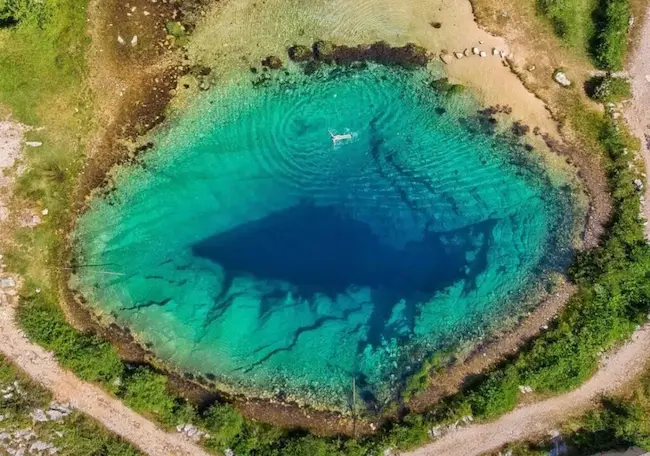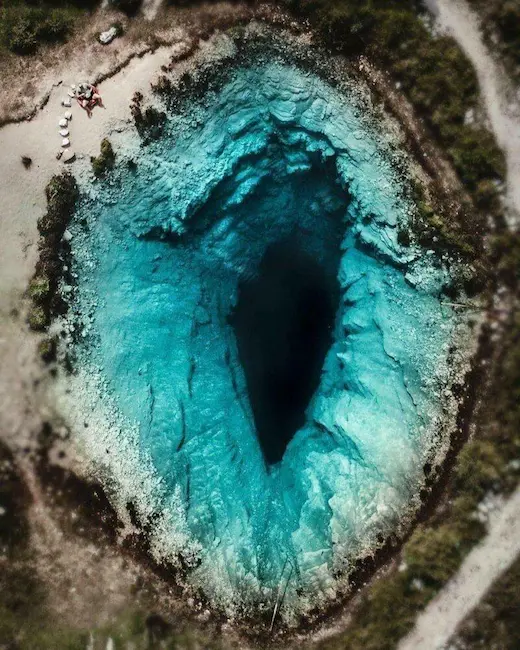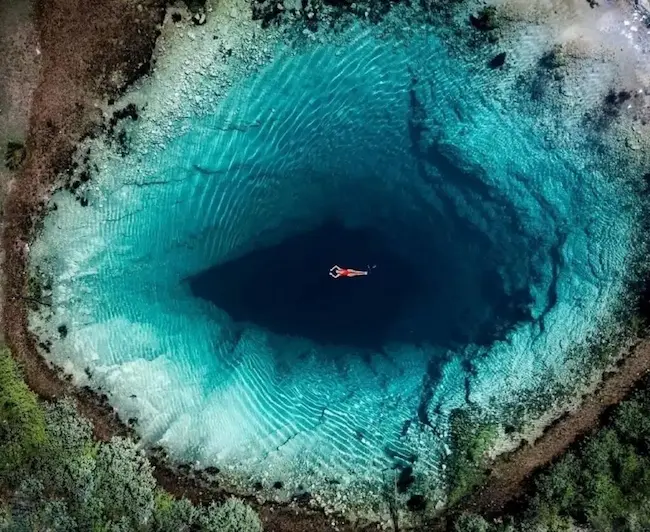The Cetina River: A Hidden Gem in Southern Croatia
Nestled in the Dinaric Alps of southern Croatia, the Cetina River is a natural wonder that has been dubbed the “Earth of the Earth.” This stunning river stretches over 105 km, flowing from its source in the mountains to the Adriatic Sea. The river’s crystal-clear turquoise water sparkles under the sunlight, providing a picturesque view of the surrounding hills and cliffs. The canyon creates a unique microclimate that supports a diverse ecosystem, including rare plants and animals.

But the Cetina River is more than just a sight to behold. It offers visitors of all ages a wide range of activities, from heart-pumping kayaking and rafting to more relaxed options such as swimming, fishing, and nature walks. The river’s rapids range from Class II to Class IV, making it ideal for both beginners and experienced paddlers. The 50-meter-high Gubavica Waterfall is one of the most popular attractions along the river, providing a breathtaking view of the surrounding landscape.

But the Cetina River’s beauty and recreational opportunities are not the only reasons to visit. The river is also home to the Eye of the Earth, a karst spring formed from a complex network of underground caves and channels. The karst landscape in the region is characterized by the dissolution of soluble rocks by the action of water over a long period of time. This process results in the formation of sinkholes, underground caves, and subterranean rivers. The Cetina River originates from one such cave system, which has been carved out by the action of water over thousands of years.

The Eye of the Earth is not only a natural wonder, but it is also an important ecological site. The water that emerges from the cave system is crystal clear and rich in minerals, making it an ideal habitat for a variety of aquatic species, including endangered brown trout and Adriatic salmon. The surrounding forest is also home to a diverse range of flora and fauna, supporting the local ecosystem.
But the Eye of the Earth’s significance goes beyond its ecological importance. The river has played an important role in the cultural and historical development of the region. For centuries, the river was used for transportation and trade, with boats transporting goods downstream to the port city of Omiš. It was also used for the production of hydroelectric power, which helped to fuel the industrialization of the region.
The river and the surrounding landscape have also been the subject of numerous legends and folklore. One such legend is the story of the dragon that lived in the caves beneath the Eye of the Earth. According to the legend, the dragon would emerge from the caves at night and terrorize the local villagers. The dragon was eventually defeated by a brave knight, who plunged his sword into the beast’s heart. The blood from the dragon’s wound flowed into the cave system, creating the red stone that is still visible in the surrounding cliffs.
Today, the Eye of the Earth is a popular destination for tourists who are drawn to its natural beauty, cultural significance, and ecological importance. The site has been designated as a protected natural area, with strict regulations in place to preserve its heritage. Visitors can take guided tours of the cave system, hike along the river, or enjoy water-based activities such as kayaking and rafting. The Cetina River truly is a hidden gem in southern Croatia, waiting to be discovered by adventurous travelers seeking a unique and unforgettable experience.

